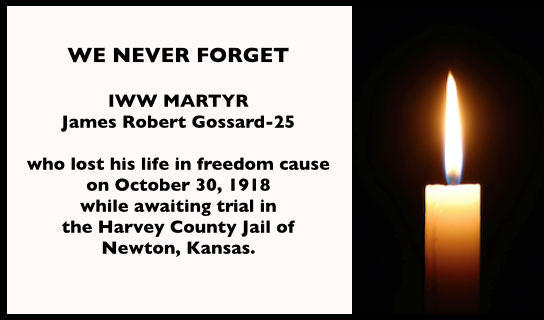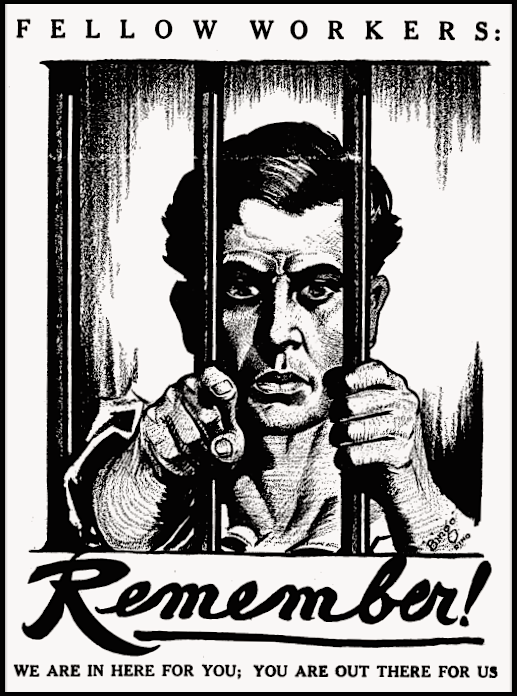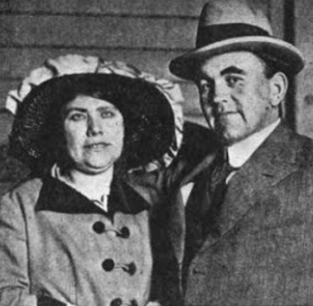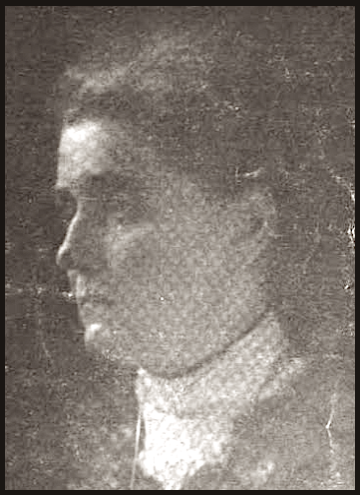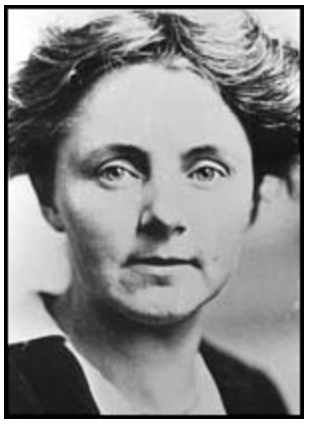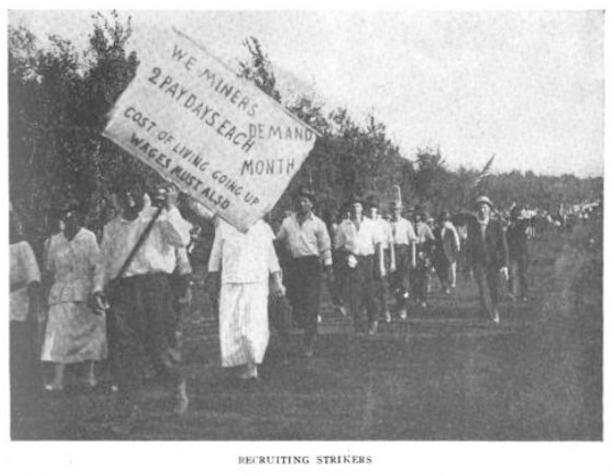 ———-
———-
 ———-
———-
WE NEVER FORGET
Steve Horvat-August 12, 1909
Martyr of th McKees Rocks Pressed Steel Car Strike
From The Pittsburg Press of August 12, 1909:
Major Smith, Colored, Shoots Into
Attacking Crowd and Fatally
Wounds “Steve” Horvat
—–
PICKETS IN STRIKE ZONE
—–
More rioting, during which a foreigner was shot and killed, and the eviction of strikers and their families caused intense excitement in the Schoenville strike zone today.
Major Smith, a negro, said to be employed as a strike-breaker by the Pressed Steel Car Co., early this morning shot and killed “Steve” Horvat, one of the striking workmen. Smith was attacked by several foreigners and says he shot in self-defense. He was badly beaten up during the fight, and this afternoon was lodged in the county jail…..
Witnesses to the shooting say the negro fought at great odds and only fired when his life was endangered, and while lying on the ground, having been felled by a rain of blows from the fists of the strikers and a large rock wielded by one of the attacking party. The shooting occurred at 5 o’clock this morning.
The dead man was 27 years old, married living on Lewicki street, McKees Rocks. He leaves a wife and one child…..
At the strikers’ mass meeting today the death of Horvat was discussed and he was referred to as a martyr to the cause. A subscription fund was started to bear the funeral expenses and give aid to the widow. About $1,500 was subscribed, but some of this money will not be available until after the men get to work.

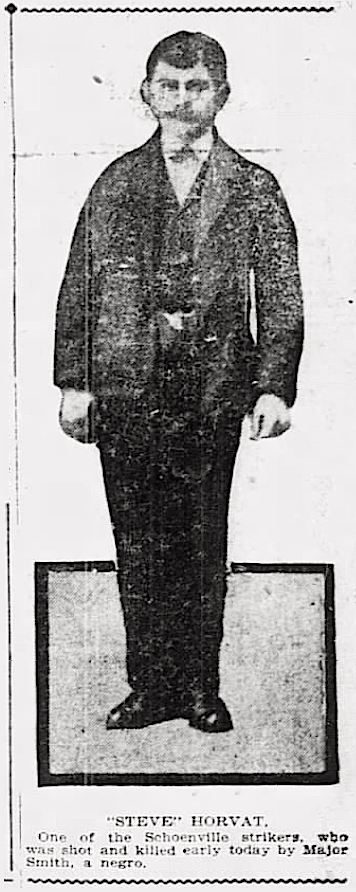
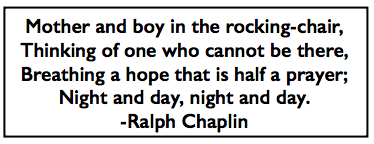 ———-
———-
 ————————-
————————-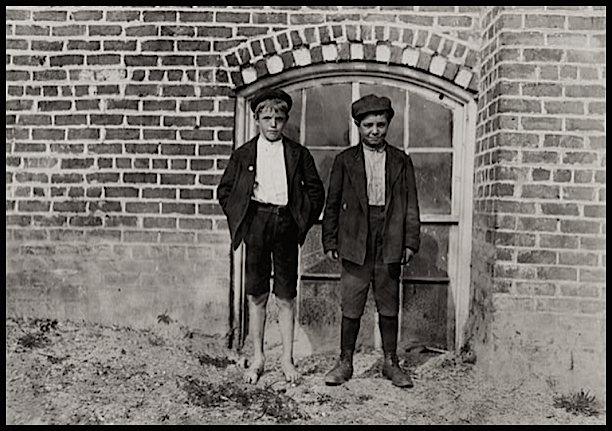
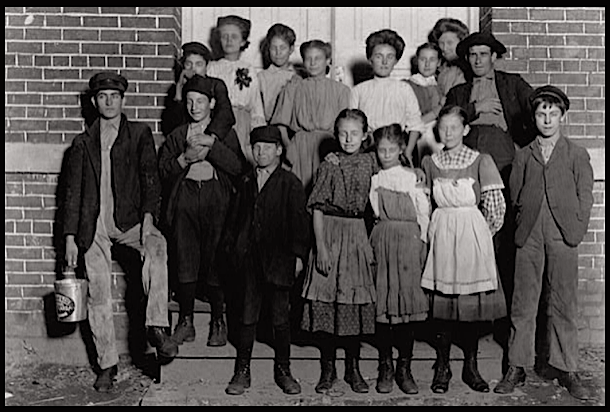
 ———-
———-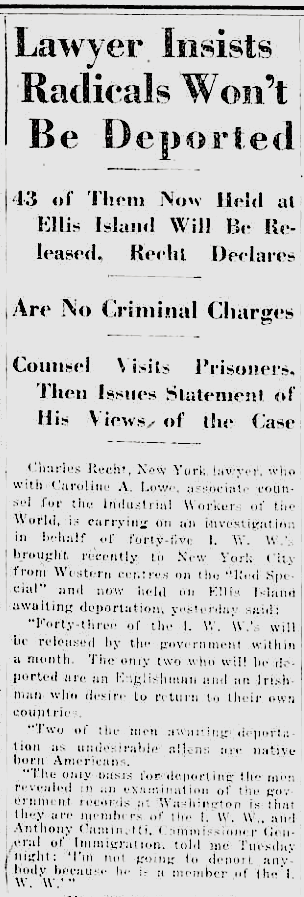
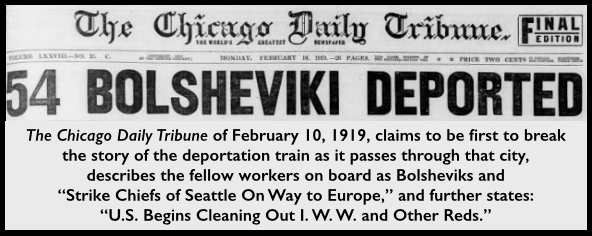 —–
—–